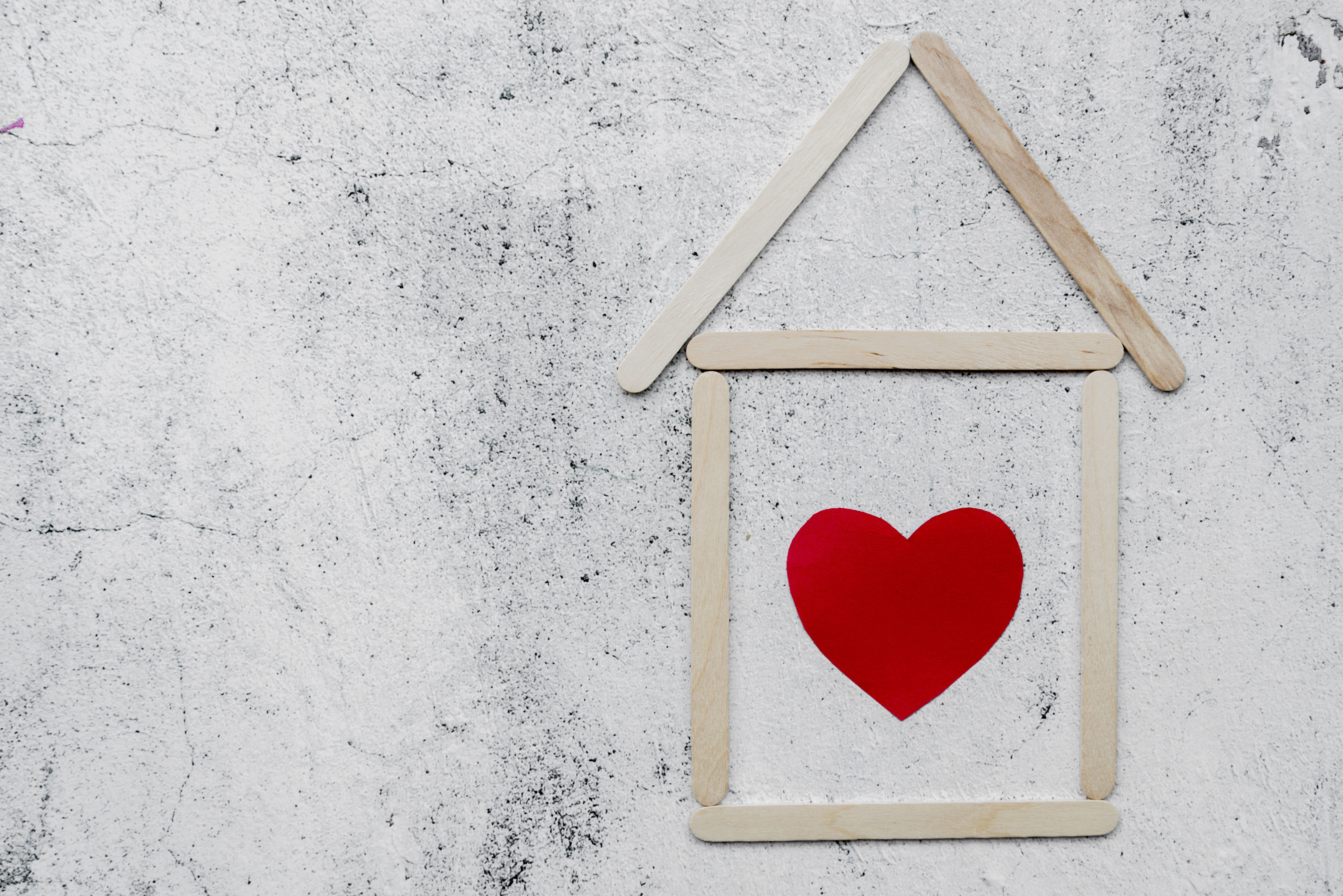
You’ve likely noticed automated external defibrillators (AEDs) in public – shopping centers, schools, airports, sports venues – but what about in homes?
It’s much less likely you’ve seen one in a home setting. But does that mean AEDs can’t be useful at home? Certainly not.
Roughly 75 percent of sudden cardiac arrests occur in the home, yet only a small fraction of AEDs are located in one. AEDs are part of the sudden cardiac arrest chain of survival, and using one – along with CPR – can double or triple the rate of survival.
Here are five reasons to purchase an AED for your home.
1. You live with, or are, a high-risk individual
While cardiac arrest can happen to anyone, at any time, people with certain risk factors are more likely to experience one. If you or someone in your household has a history of heart disease, has previously experienced a cardiac arrest, or is an older person, you’re at increased risk.
2. You live in a remote area
When someone experiences a cardiac arrest, every moment counts. Even under ideal circumstances, emergency responders will likely need several minutes to arrive on scene. A cardiac arrest victim’s chances of survival are highest if live-saving intervention is started while emergency responders are on their way. In fact, survival chances decrease by 10 percent for every minute that life-saving care isn’t administered.
If you live in an area where emergency help is more than a few minutes away, a cardiac arrest victim’s chances of survival are virtually zero unless life-saving intervention by a bystander is used.
3. You’ll have peace of mind
You may never need to use an AED, but that doesn’t mean you shouldn’t have one. Think of it like having a fire extinguisher in your home. A fire might never break out, but you feel safer knowing that you have the means to put one out if one does.
4. You can use one with ease
AEDs are designed to be used by a non-medical layperson. They are safe, effective, and can be used with little or no training. An AED can only help, not harm, a person in cardiac arrest. The device can detect whether a shock could help, and if so, delivers it safely.
Voice instructions and helpful illustrations ensure you’ll use the device correctly and keep the victim, you, and any other bystanders safe.
5. You can be a hero – at home
Is there a better feeling than saving a life? When you help someone in cardiac arrest, you’re helping to save a life. You’re a hero. Every day, people become heroes by jumping in to help a person in cardiac arrest.
When at home, the person you’re helping to save is likely a loved one or someone close to you. If you’re the one experiencing a cardiac arrest, an AED provides those around you with an invaluable tool to save your life.
At Starting Hearts, we can provide you with new AEDs, plus accessories and defibrillator maintenance services. Check us out, too, for specific training that can make a life-saving difference.
Contact us for more information: info@startinghearts.org.
Patrick Golden is a healthcare writer based in Massachusetts.
